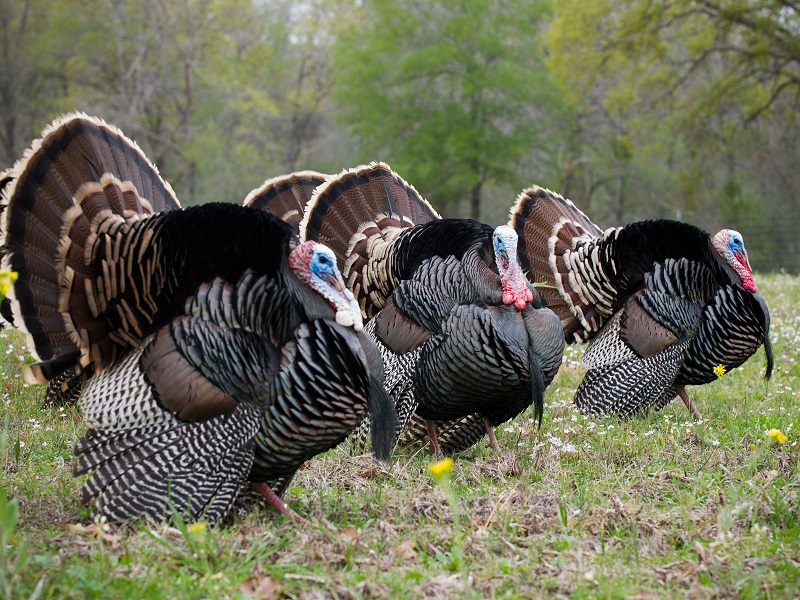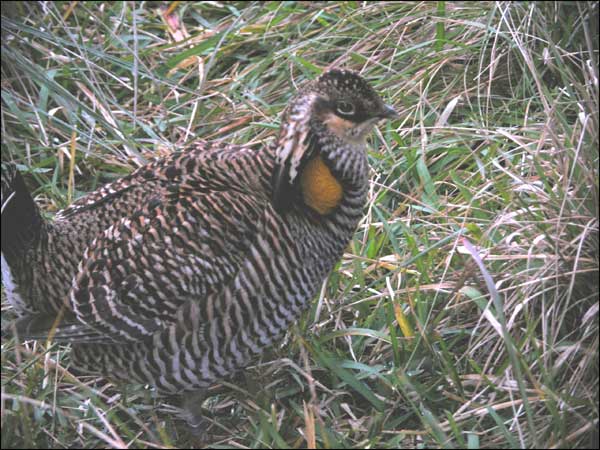Spring Turkey Bag Limits
Thursday, February 23rd, 2017This is Passport to Texas
Eastern wild turkeys thrived from the coastal prairies to the Red River until the early 1900s when commercial hunting and development drove the birds to near extinction. Hunting these birds was off limits until years of restocking efforts created a huntable population.
We’ve spent a lot of time stocking birds into East Texas. We’ve had some really good success in some areas, and not as much success in others. So, we don’t have the densities that we have of Rio Grande…and we’re trying to keep a real good record of what’s happening with that population.
Jason Hardin, Turkey program leader for Parks and Wildlife, says Rio Grande turkeys, found in most of the state are plentiful; this spring, hunters have a four bird bag limit.
The bag limit is one for the Eastern Turkey, and it must be reported on Texas Parks and Wildlife’s My Hunt Harvest app for smart phones or online at Texas Parks and Wildlife’s Wild Turkey Page. Physical check stations for Eastern wild turkeys are no longer open in Texas.
The data helps Parks and Wildlife manage the species. Need a place to hunt the Eastern gobbler?
Some of our WMAs provide good Eastern turkey hunting as well.
The Wildlife Restoration Program supports our series; it’s funded by your purchase of fishing and hunting equipment and motor boat fuel.
For Texas Parks and Wildlife, I’m Cecilia Nasti.







 Passport to Texas is a
Passport to Texas is a  Passport to Texas is made available by:
Passport to Texas is made available by: